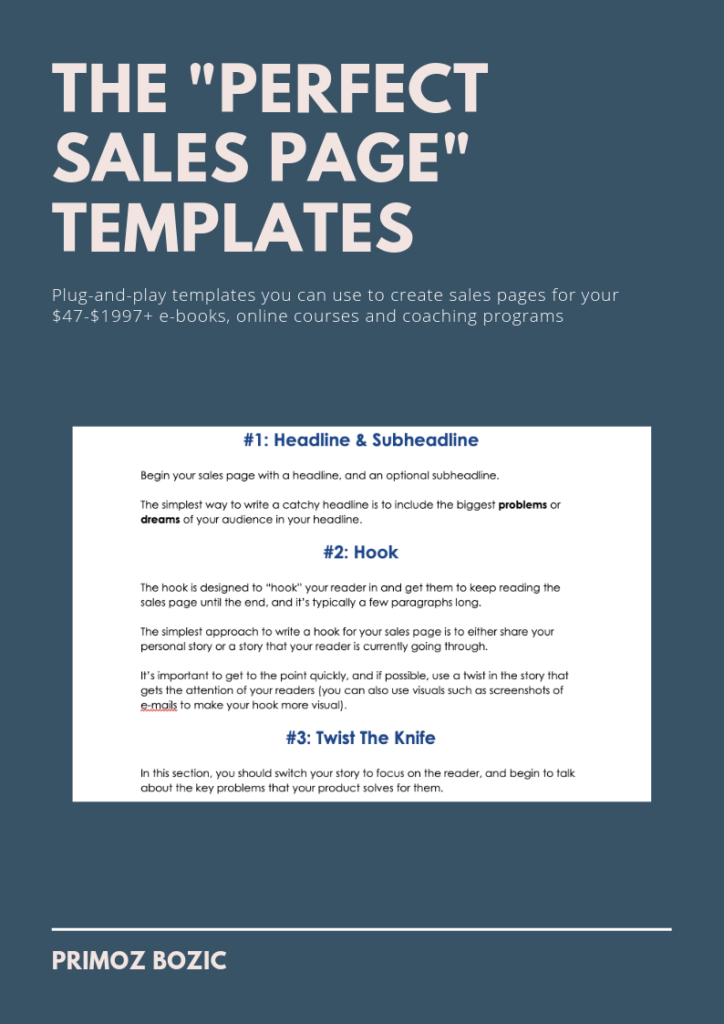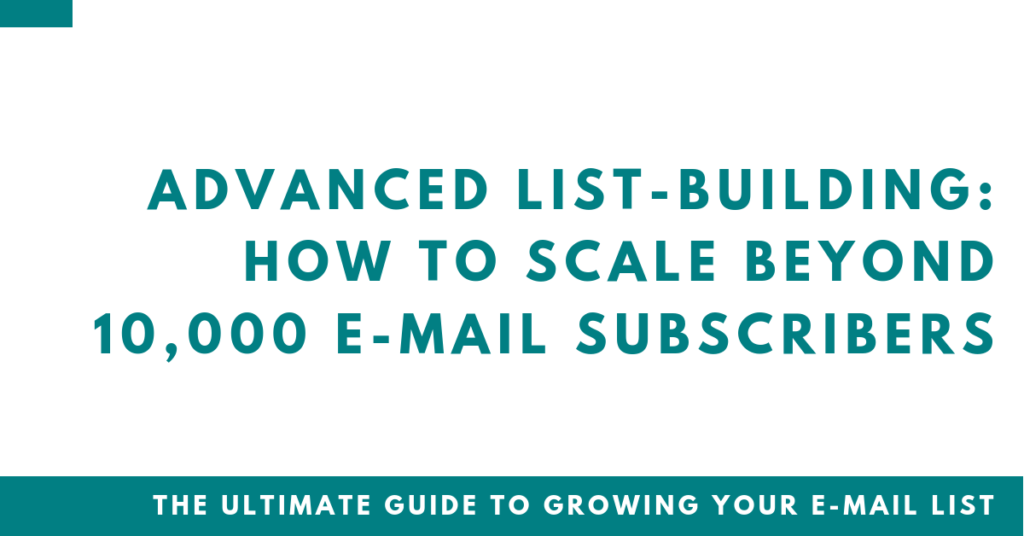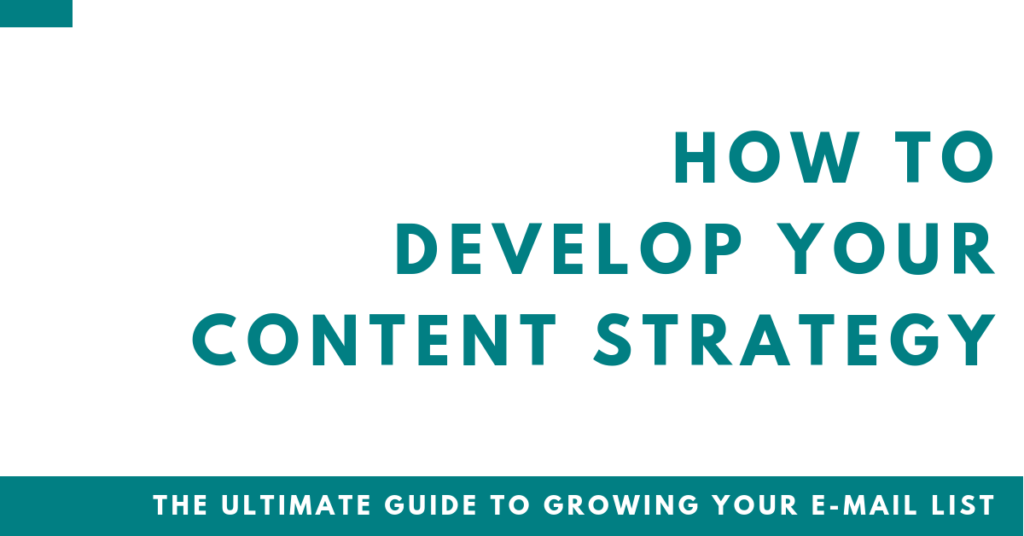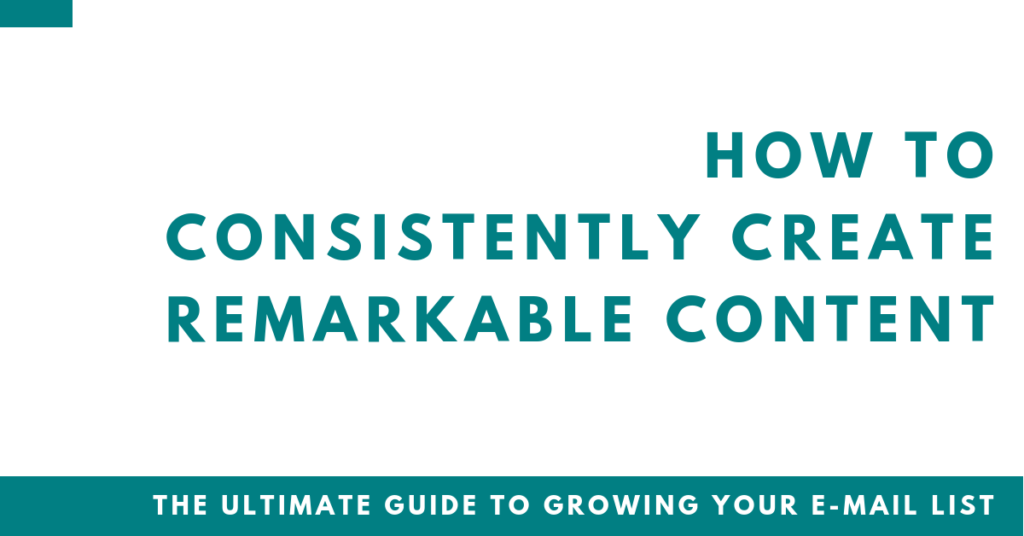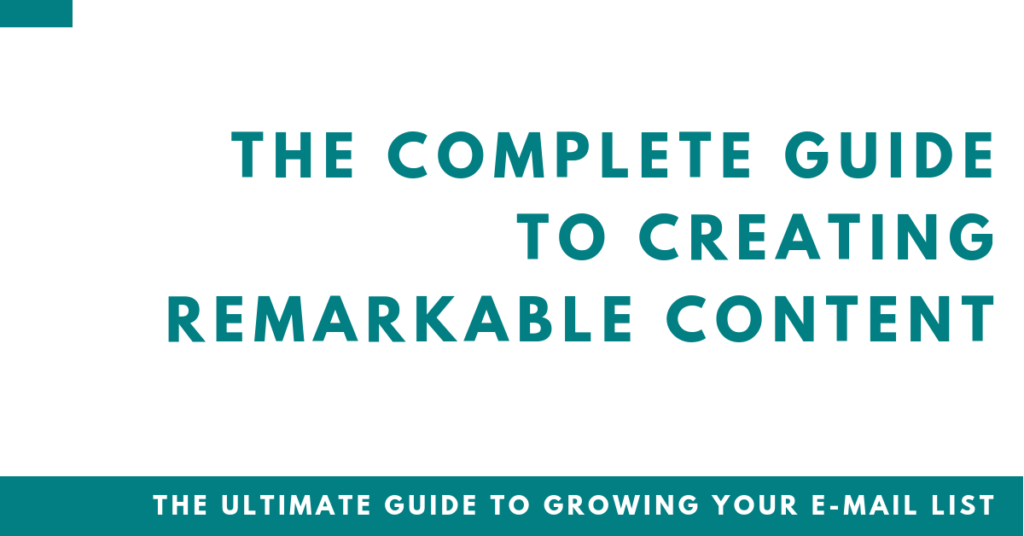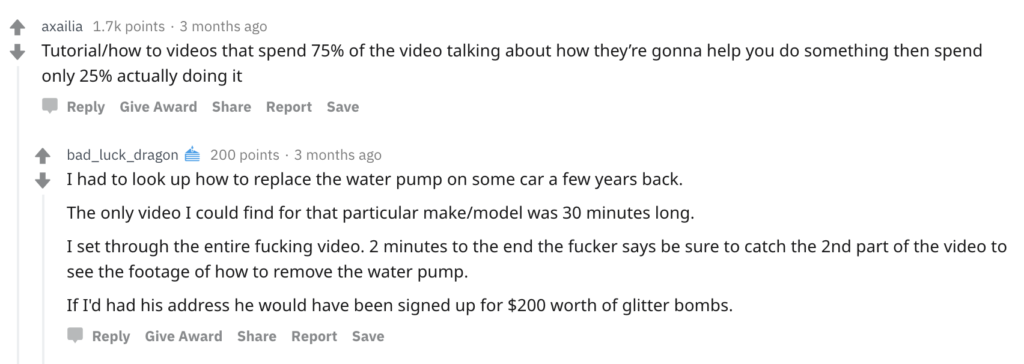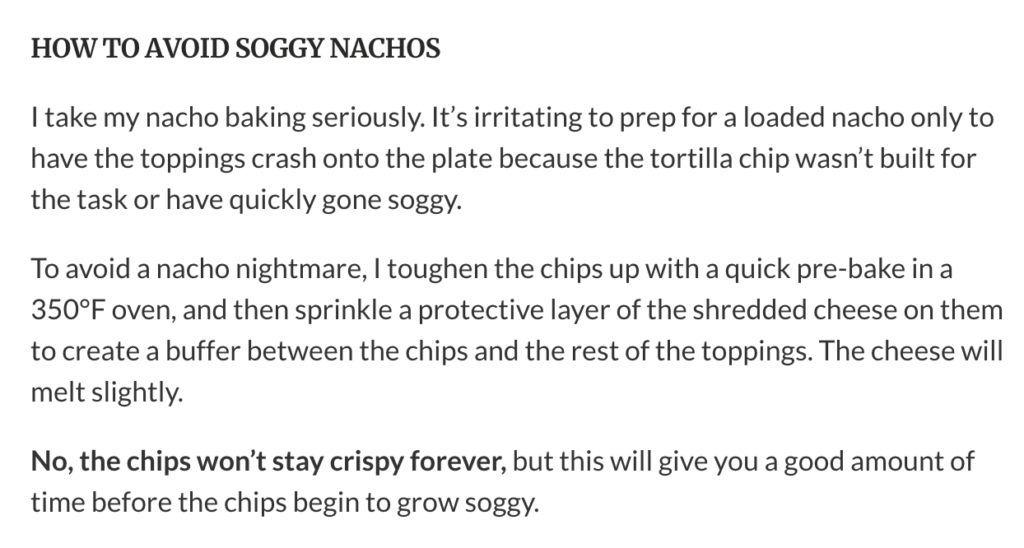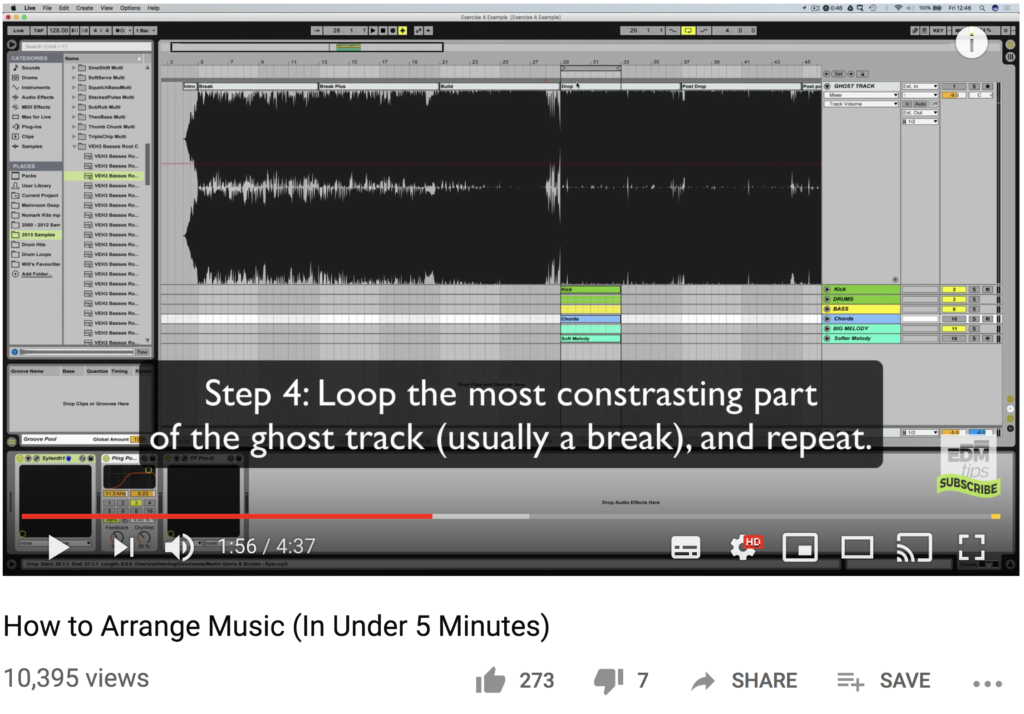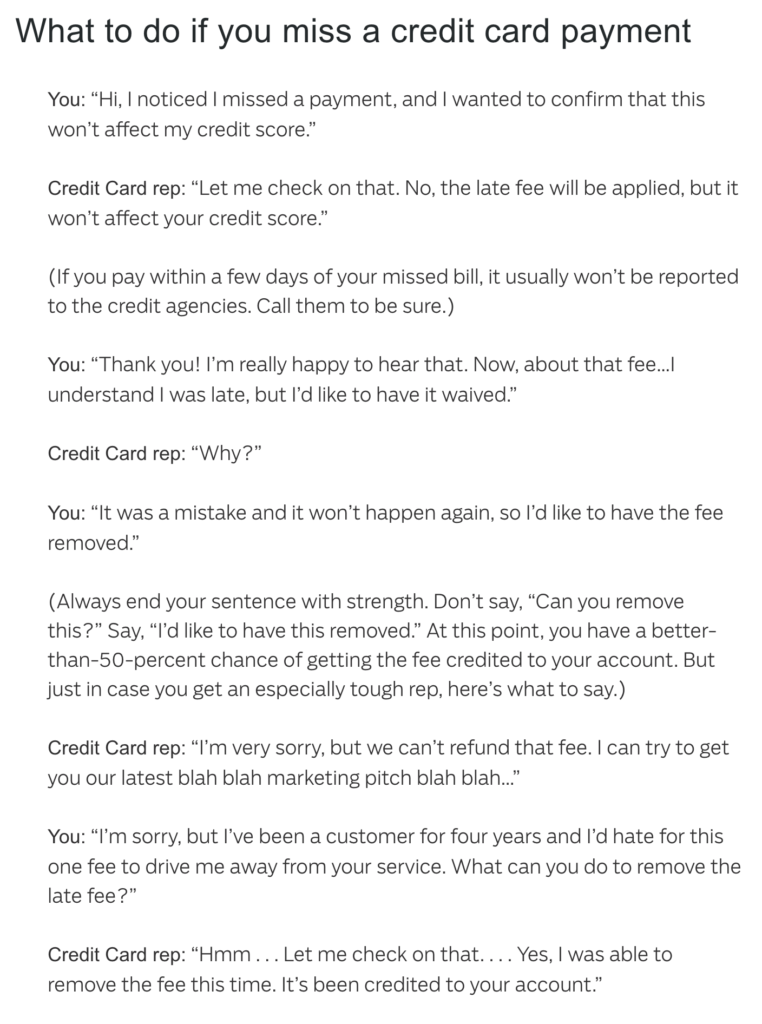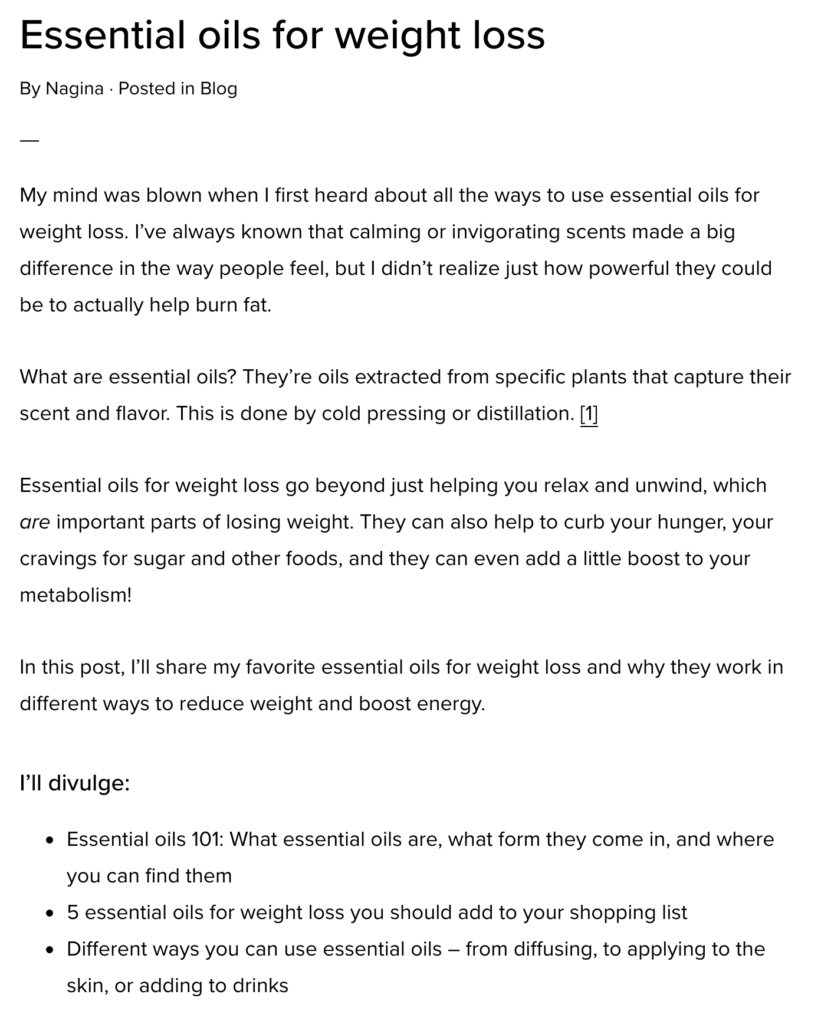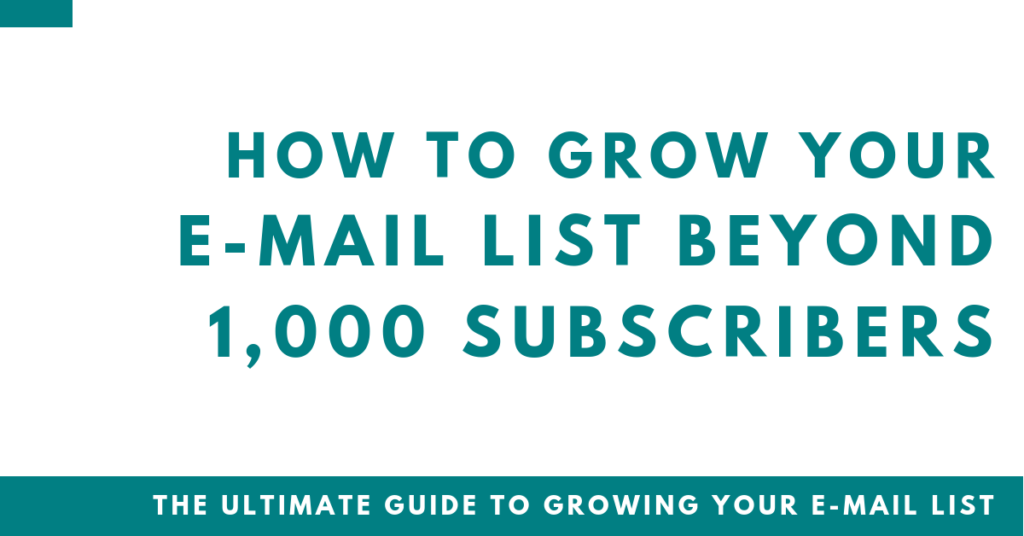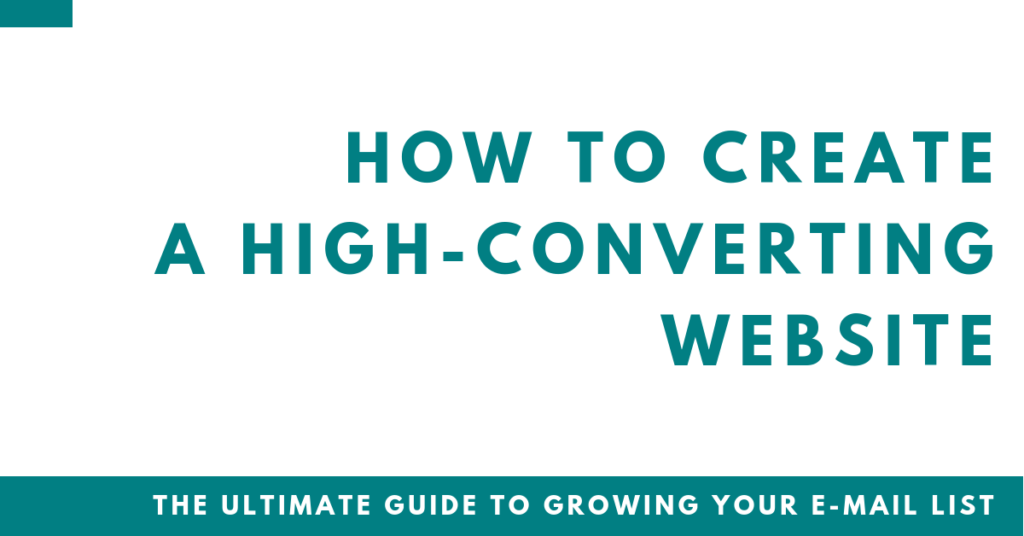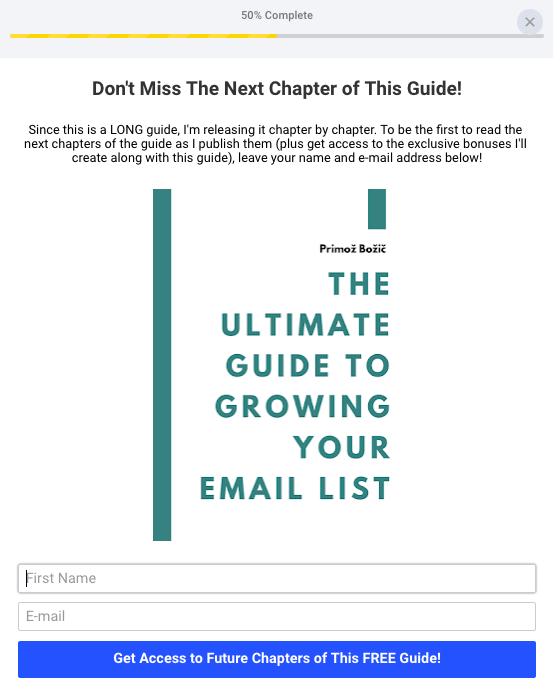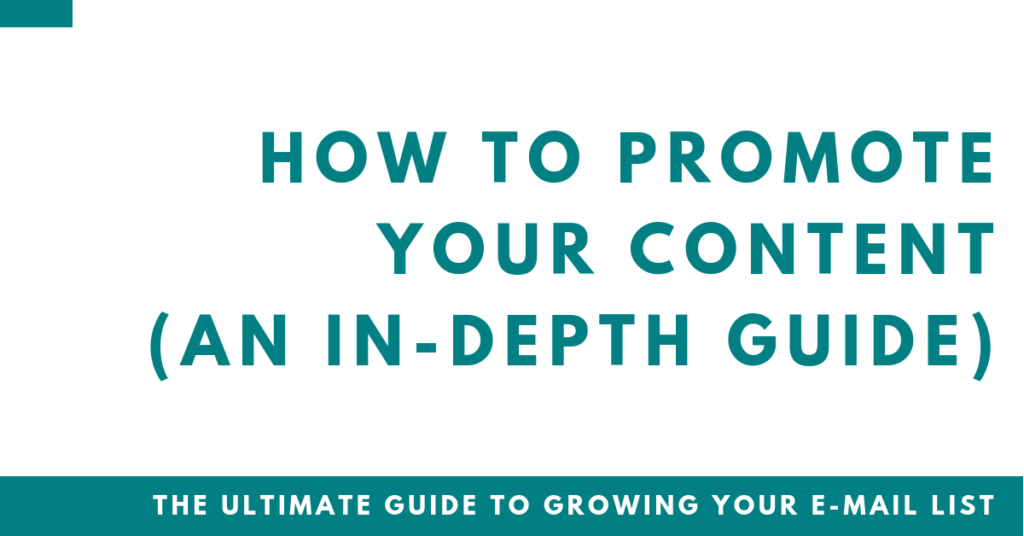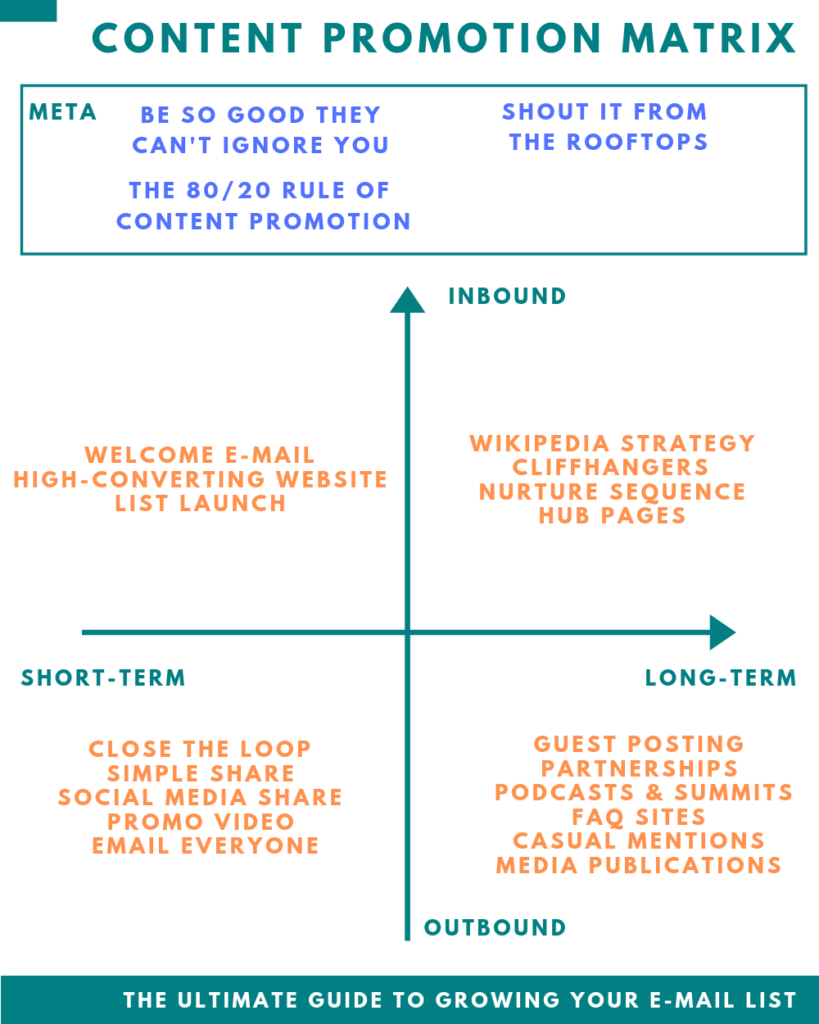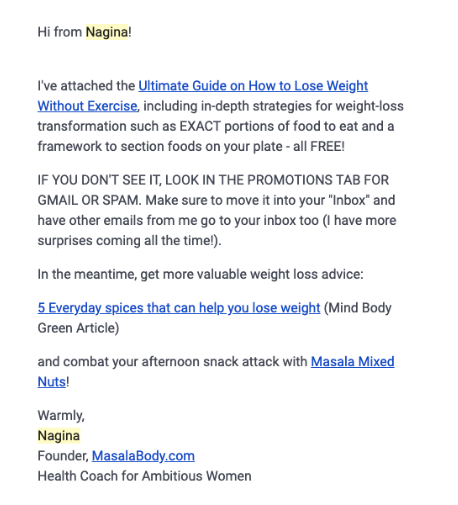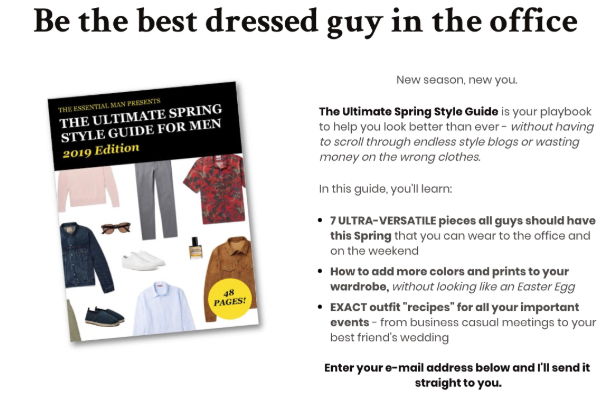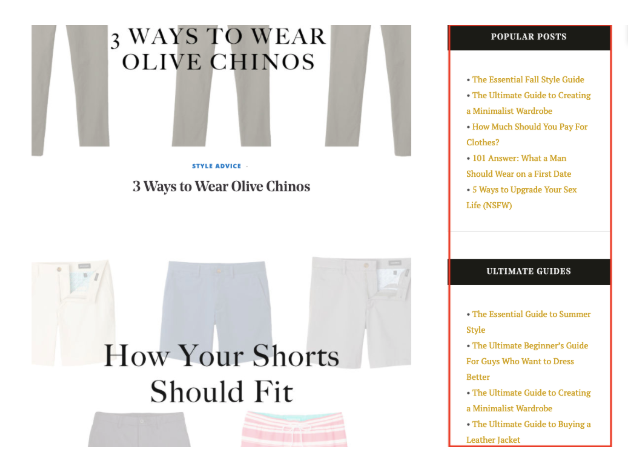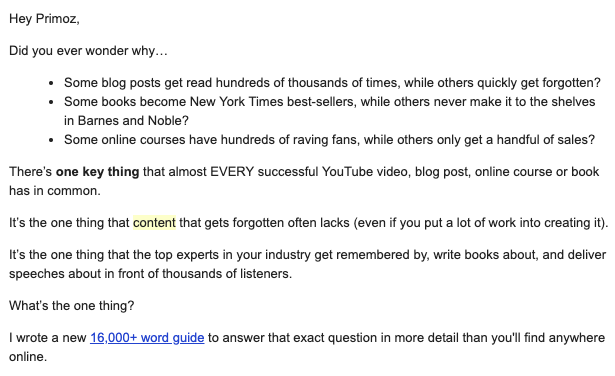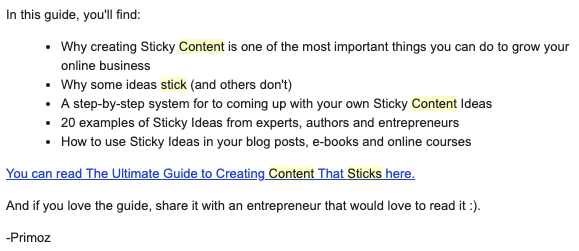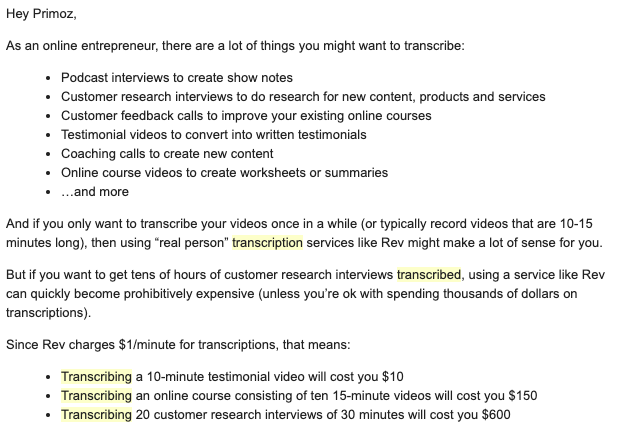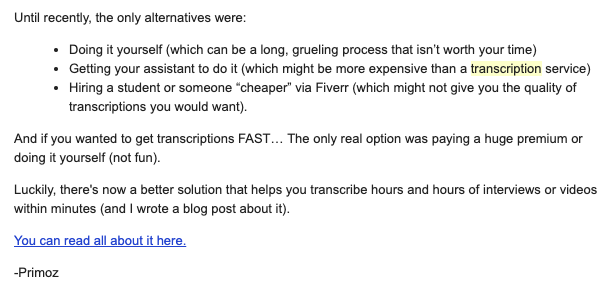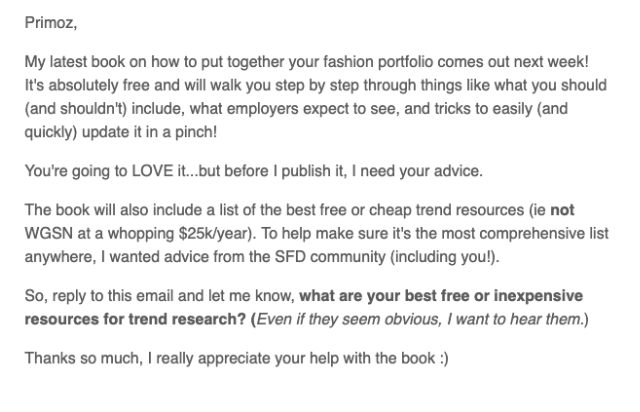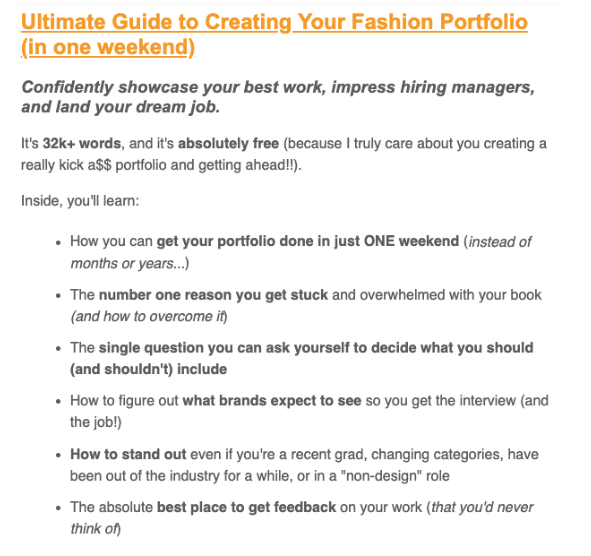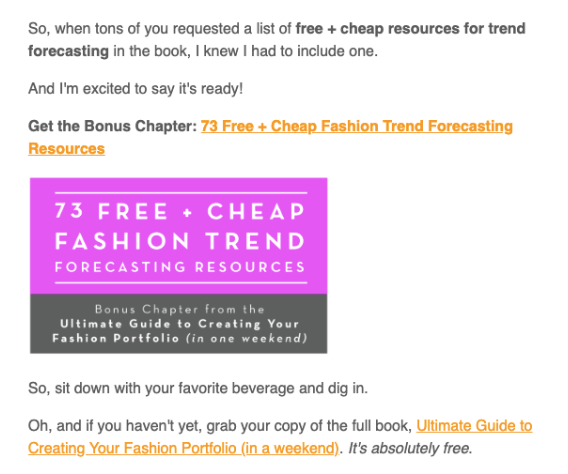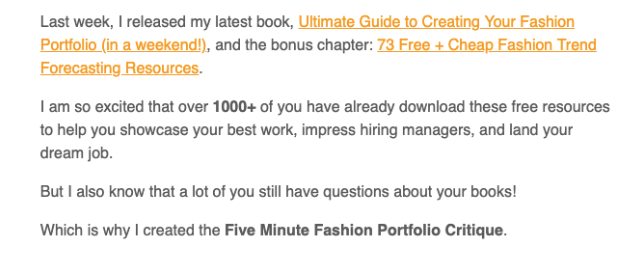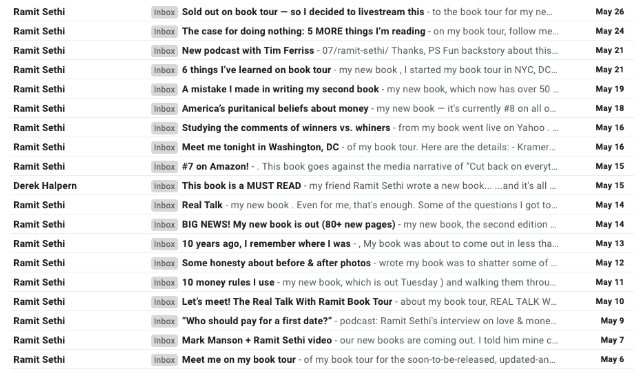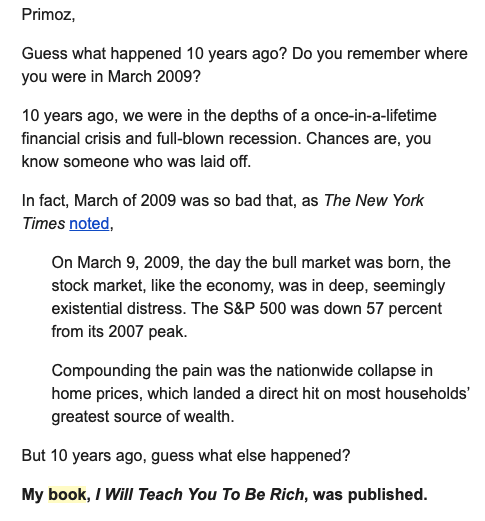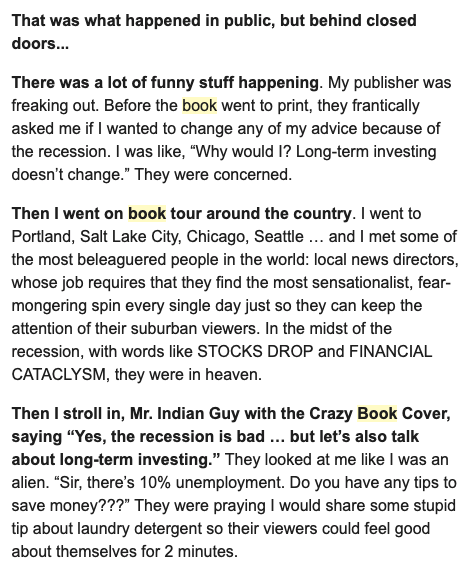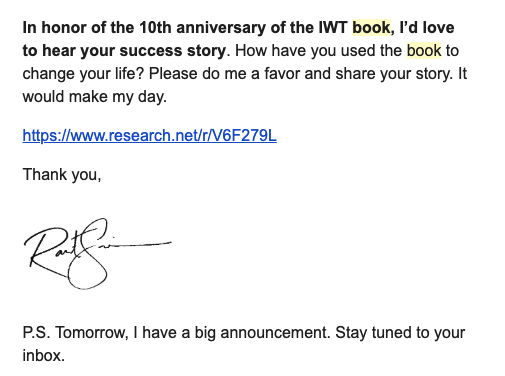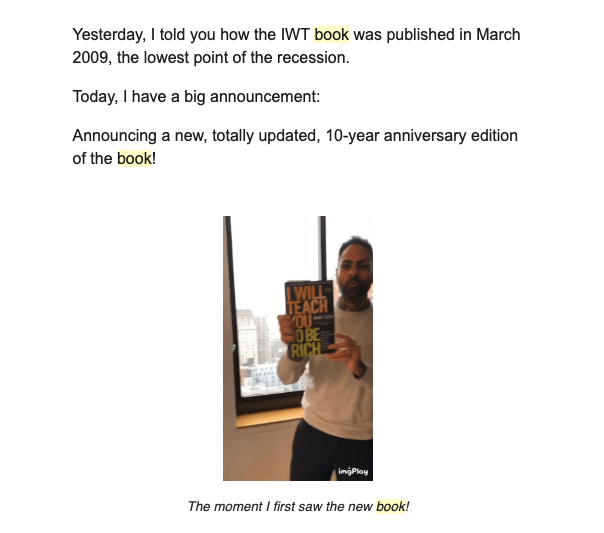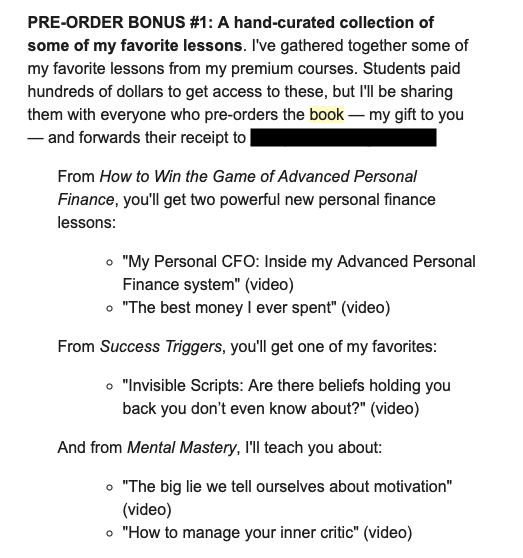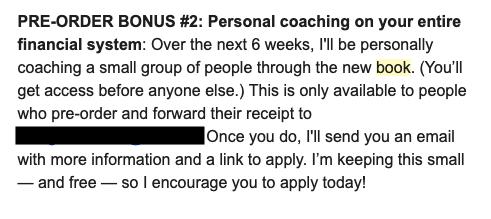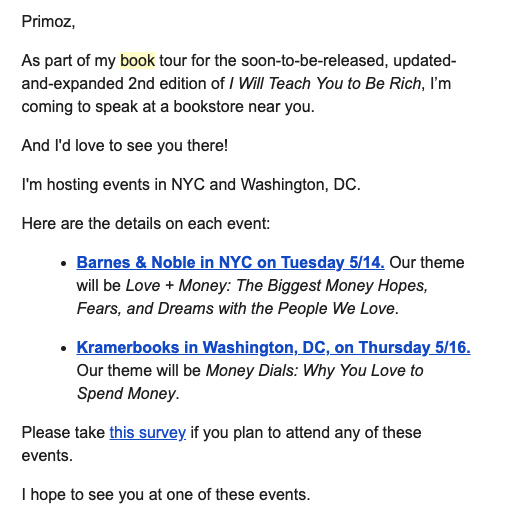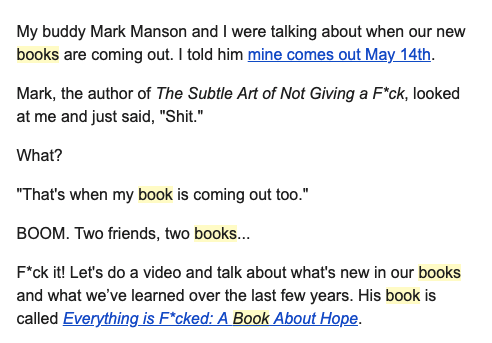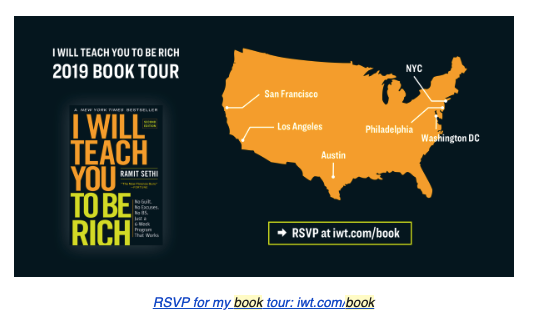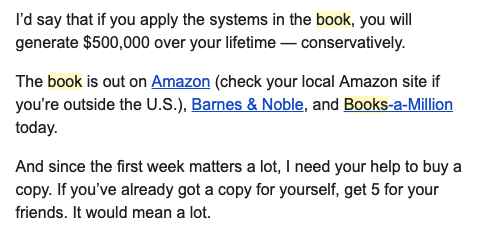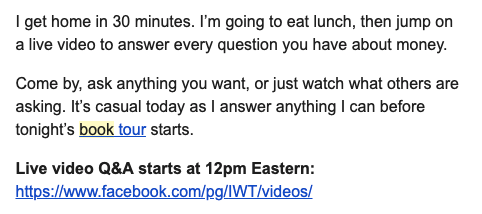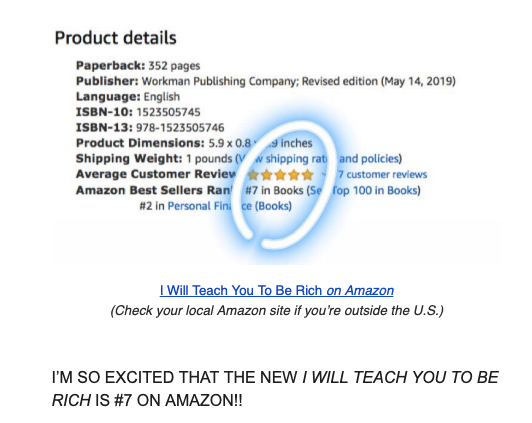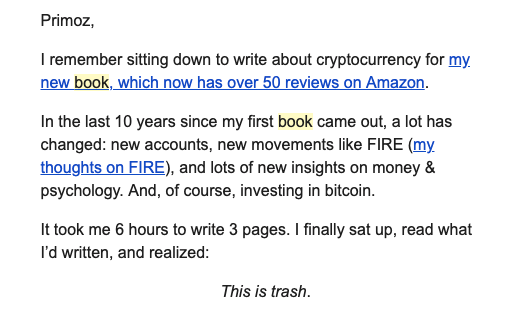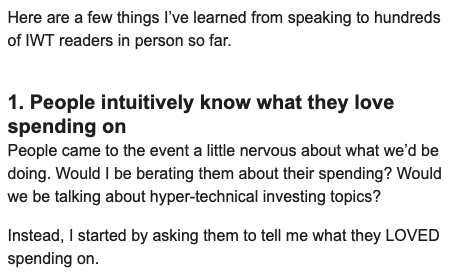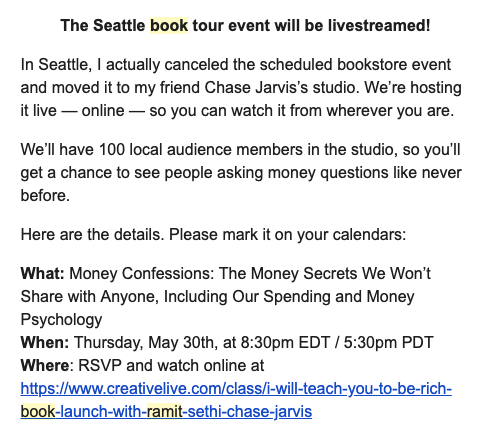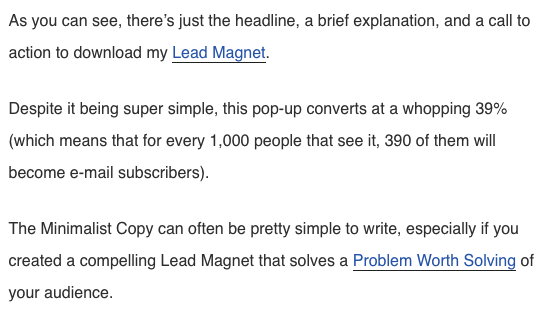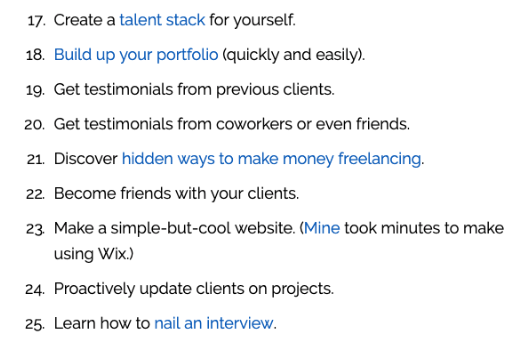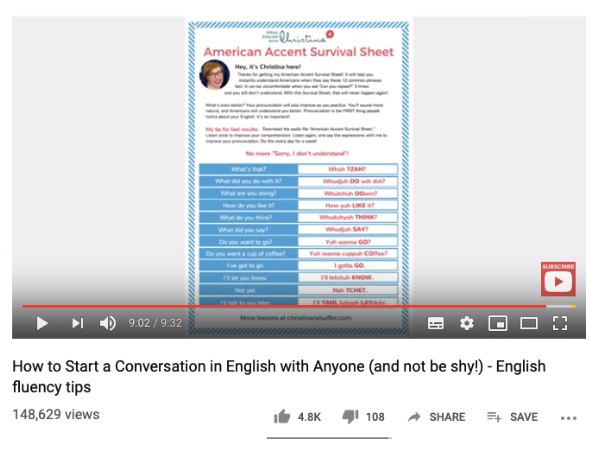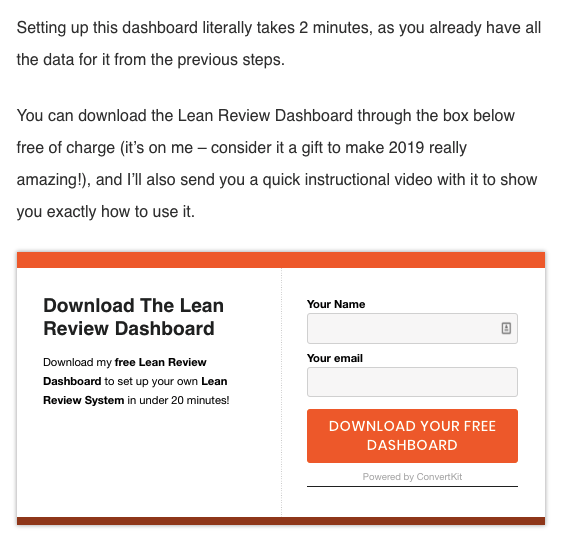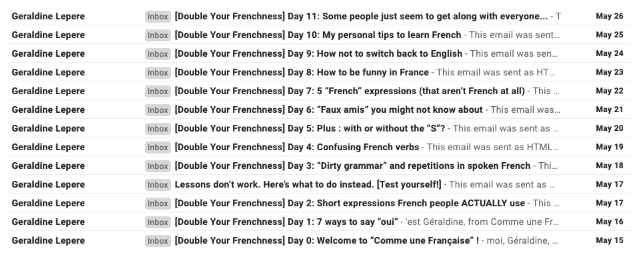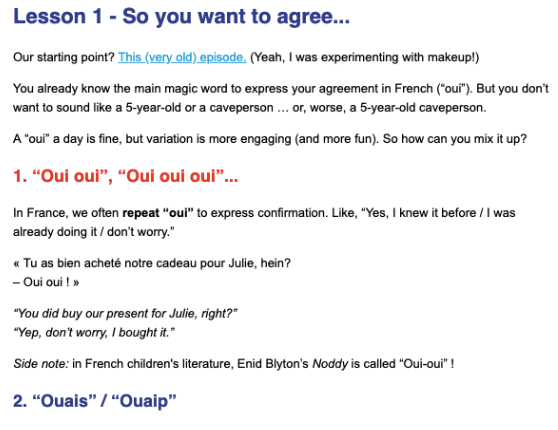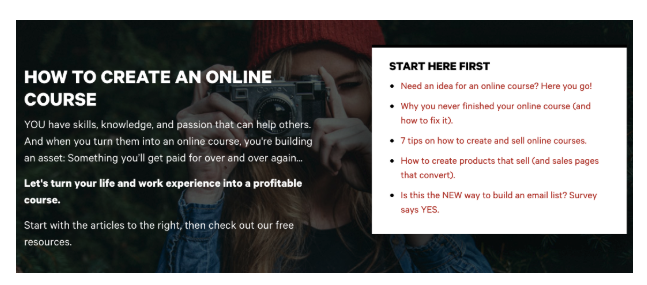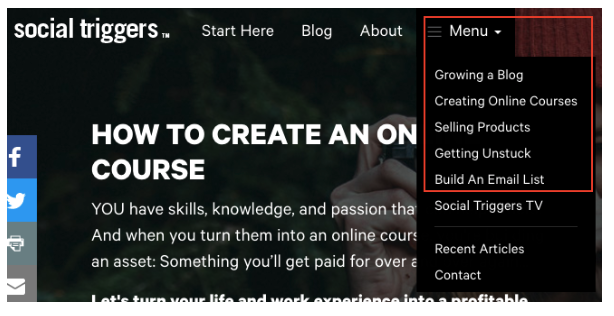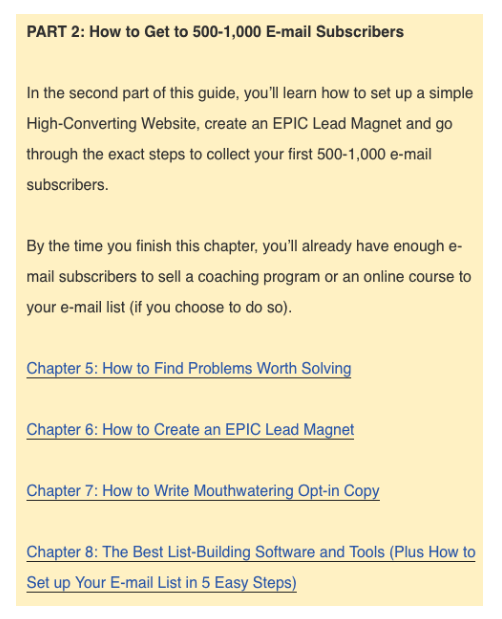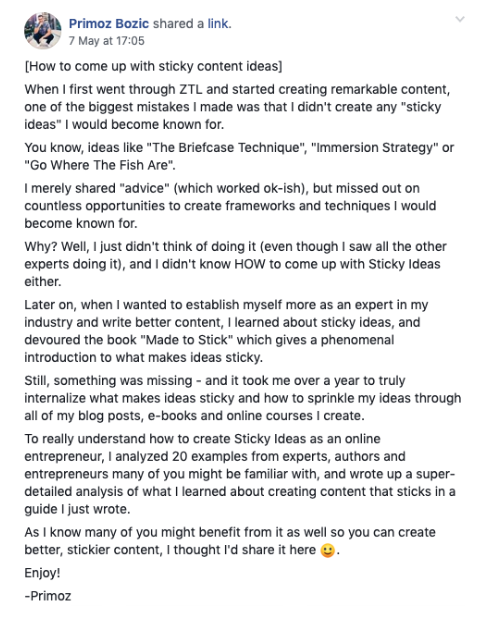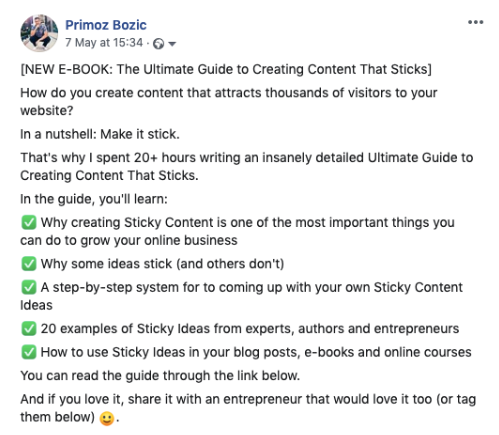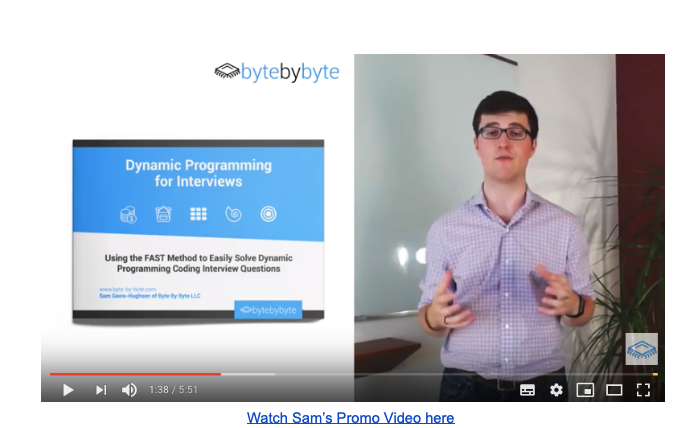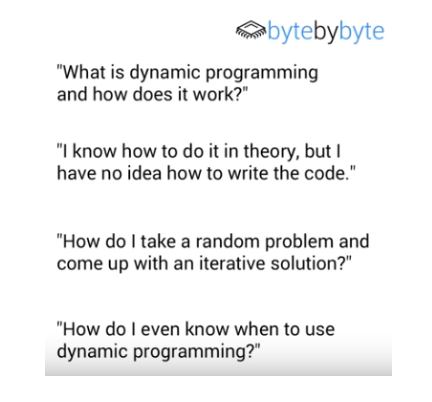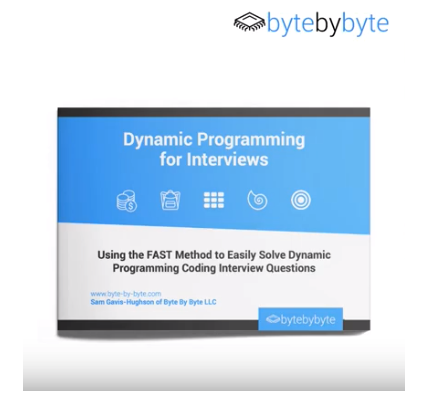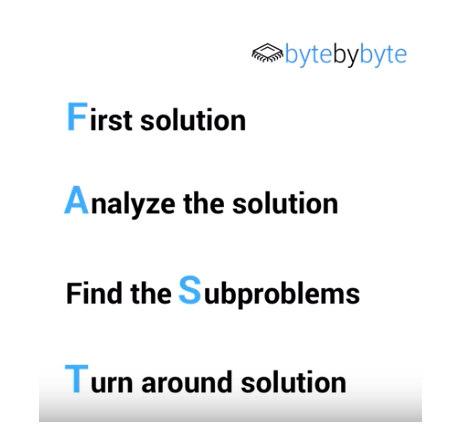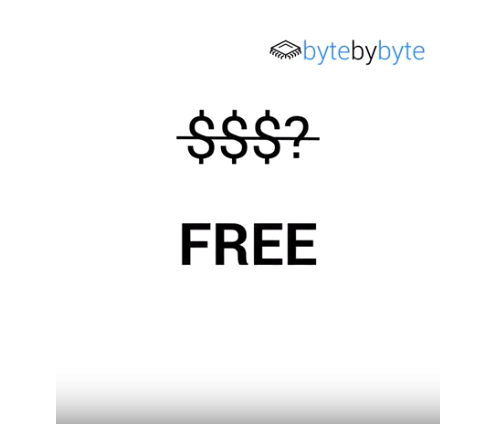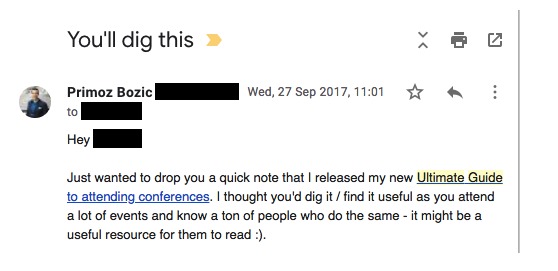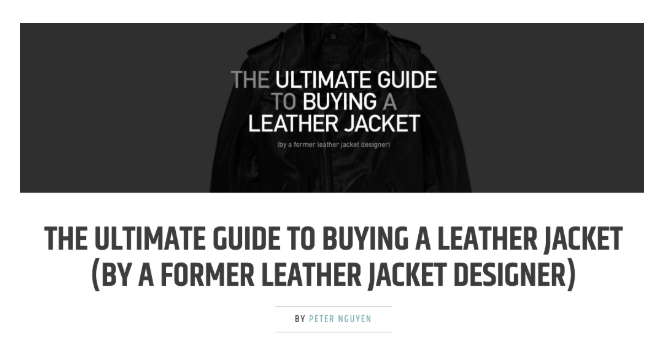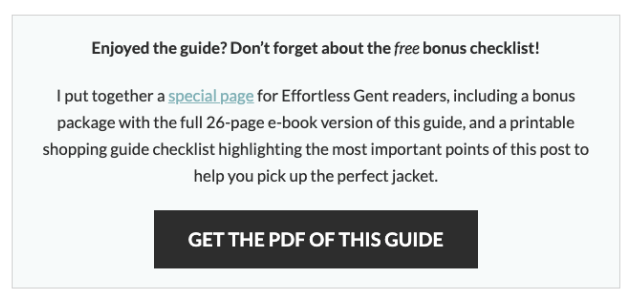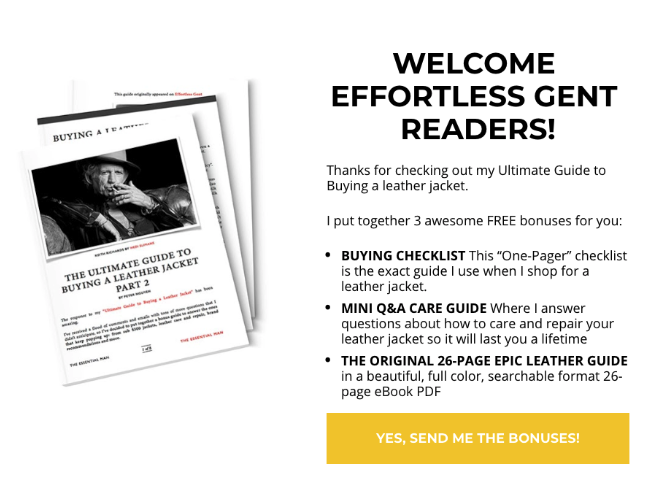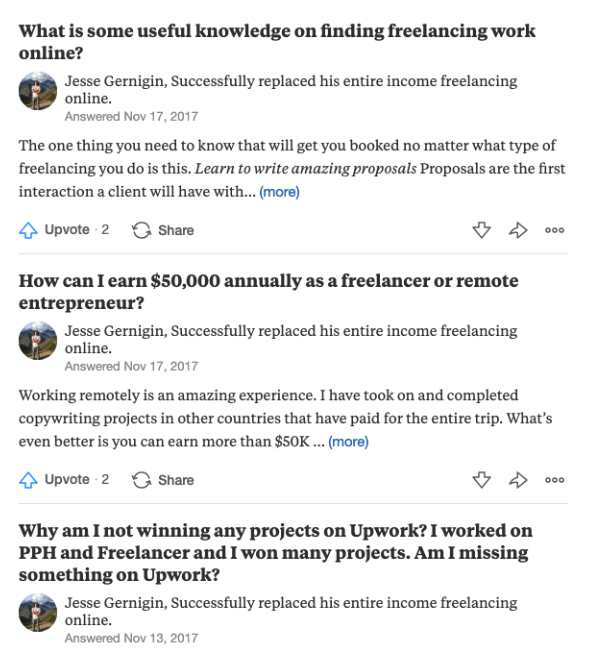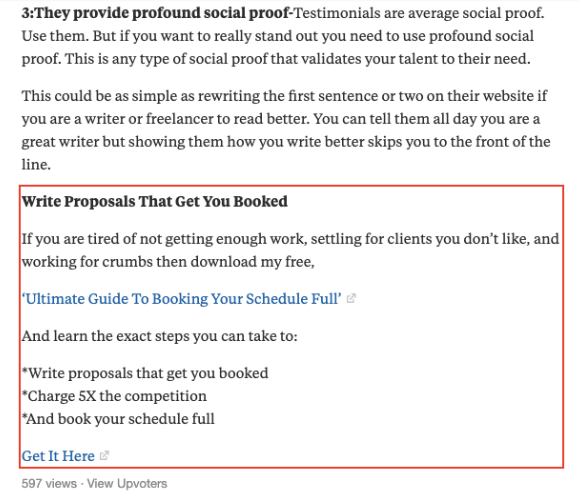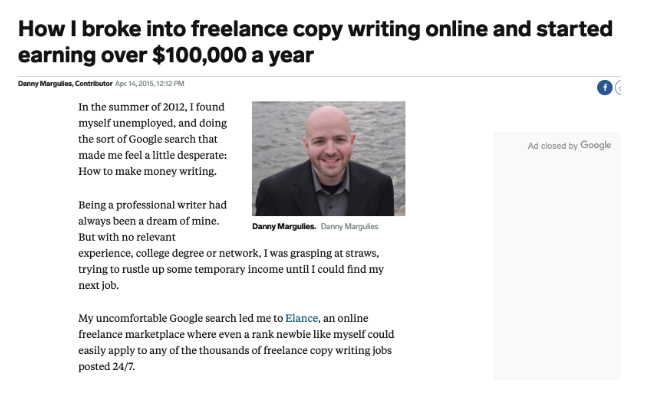When I had my first $30,000 year with my online business, I had no idea how to scale my online business to $100,000+/year.
There was no manual. No online course I could take that would help me get there. No book I could read. No-one I could really ask for a clear roadmap of building my own 6-figure online business.
I had to figure it all out myself.
I bought all the different online courses on different elements of building an online business, from writing sales pages to creating premium online courses to developing sales funnels.
I attended conferences, events and even enrolled in $25,000 masterminds aimed at 6-figure entrepreneurs to figure out what it takes to build a 6-figure online business.
Attending a high-end business mastermind in NYC to learn about growing my online business
I eventually cracked the code to building a 6-figure online business, and made over $111,170 from a single online product in less than 10 months – and I’ve made more than 6 figures online every year since then, as my business continued to grow.
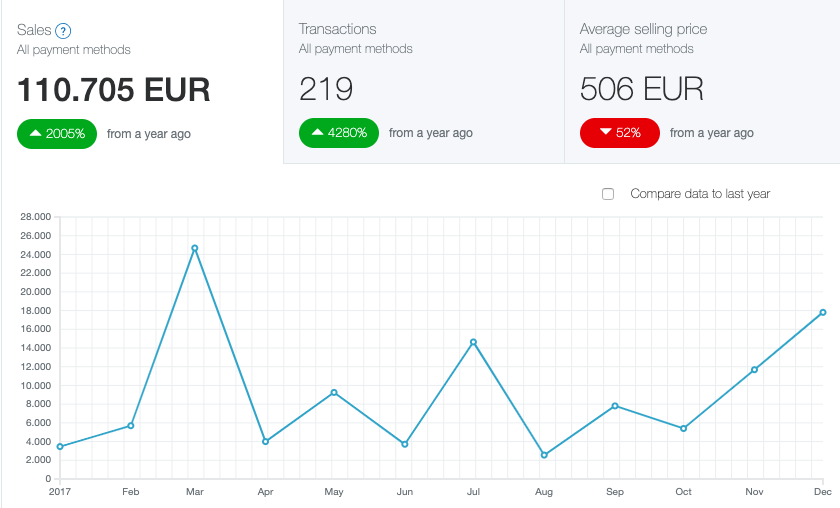
At the same time, through an intimate group coaching program I ran, I realized that one of my “superpowers” was helping 5-figure online entrepreneurs scale their online business to 6 figures and beyond.
I helped entrepreneurs go from $5,000 product launches to $75,000 product launches, from $100,000 in revenue to $300,000+ in revenue, and from selling $59 online courses to selling $997 online courses – often over the course of less than a year.
Over time, I developed a step-by-step system for starting a 6-figure online business, which you can find in my Ultimate Guide to Starting a 6-Figure Online Business:
This guide will give you a strong foundation for starting a 6-figure online business.
But when it comes to starting a 6-figure online business, there’s SO much more to say – which is why I decided to write a few more blog posts to help you scale your online business to $100,000/year and beyond.
Today, we’ll talk about 6 critical (and surprising!) mistakes I see online entrepreneurs make every day – and the exact steps you can take to avoid them.
By avoiding these mistakes, you’ll be able to break the 5-figure plateau and go from making $30,000-$50,000/year to scaling your online business to $100,000/year and beyond.
Let’s dive in!
[no_toc]
Mistake #1: Expanding Your Niche
Many entrepreneurs think that to start a 6-figure online business, you have to start really niche, gain some initial traction with your business, and then slowly expand your niche to reach more people.
While the first part is definitely true (and going extremely niche is one of the best ways to find a profitable online business idea today), the second part holds little water.
In most cases, expanding your niche could actually be one of the biggest mistakes you could make in your online business and could bring your online business growth to a screeching halt.
This is exactly what happened to one of my clients, Peter, a men’s stylist – who I interviewed for my Ultimate Guide to Growing Your E-mail List.
Peter started an online business that quickly took off, and in hopes of reaching more people, he began writing more general style advice that would help everyone from college students to CEOs of tech companies.
As he did that, he noticed that his blog posts began getting less and less traction – and the approach of expanding his niche wasn’t working for him.
This is a pattern I’ve seen over and over again with online entrepreneurs, and it almost always ends badly.
Here are the problems that occur as you try to expand your niche:
- You’ll get 10-100x more competition overnight
- You won’t stand out in a crowded market any more
- You’ll lose your competitive advantage
- You won’t serve your clients better than everyone else
- Your content will get less and less traffic
- You’ll write more general, and less mouthwatering copy
- Your conversion rates, from opt-in rates to sales conversion rates will drop
As you try to please everyone, you’ll begin to please no-one.
Instead of trying to expand your niche, a much better approach is to narrow down your niche to your very best clients.
While this might sound counterintuitive, it’s actually a great way to break your online business plateau.
That’s exactly what Peter did.
As we talked about who his best clients were, we realized that they were guys that worked at tech companies (either as CEOs or executives) that wanted to look good in the office, as well as on after-work dates.
We also realized that his worst clients were students that shopped at places like Uniqlo that were looking for “affordable clothes” that would rarely buy his online programs.
An example of a piece of content that attracts a low-end audience
Therefore, we switched his business positioning to focus exclusively on his best clients – we created content around problems that his best clients had, and used more premium language and focused on recommending the BEST pieces of clothing, instead of focusing so much on offering “affordable” style advice.
An example from Peter’s Business Casual Style guide that focuses on men who work in tech start ups and Finance (better clients!)
This way, we would attract more of his best clients, and hopefully help him grow his online business.
As we did that, everything became easier.
Once Peter relaunched his 1on1 styling program, he went from charging $2,000 per client to $5,000+ per client – and his new clients didn’t bat an eye at the new price point – they were happy to pay it!
Peter is a great example of why zeroing in on your best clients is a better way to increase your online business revenues than trying to expand your niche.
Now of course, there IS a caveat.
There IS a situation where expanding your niche could help you attract more of your best clients, with a subtle twist.
You should only think about expanding your niche once you feel like you really did everything in your power to serve your best clients, and you find it hard to find more of them.
In that case, it makes sense to expand your niche.
But to correctly expand your niche, you shouldn’t just try to reach “more people”.
Instead, you should attract new niche audiences to your business.
So instead of trying to serve everyone, you’re just adding on new layers of your best clients from different industries / demographics, while serving them better than anyone else and keeping your competitive advantage.
Here’s an example of someone who expanded their niche correctly – my friend Kim Nicol, a mindfulness teacher & executive coach.
Kim started her mindfulness practice ultra-niche, by focusing specifically on lawyers. Then, to expand her niche, she added on “start up houses” as the second niche.
Ultimately became the go-to mindfulness teacher in Silicon Valley, where she regularly runs mindfulness workshops at companies like Google and Dropbox:
Another great example is Renaissance Periodization – a now multi-million-dollar science-based nutrition & training company.
When I started following this company a few years ago, they simply focused on nutrition for strength athletes (primarily powerlifters and weightlifters).
Later on, they expanded their niche to serve different audiences like CrossFit athletes, endurance athletes, vegans, and even parents of teenagers that want to teach their kids to eat well, as demonstrated by their product suite:
But as they added new niches to their business, they continued to make sure they serve their existing clients and readers in the best possible way, with targeted advice that spoke to them – and not “general” diet and training advice.
So if you feel like you “squeezed the lemon” out of your niche and there’s really nothing you can do to attract more of your best clients, go ahead and expand your niche.
But do it by adding new niches to your business, rather than going more general and trying to speak to everyone.
Mistake #2: Chasing Passive Income
Whenever I hear an online entrepreneur bring up the idea of passive income, I cringe.
Not because I wouldn’t like the idea of passive income and earning money in your sleep (I too love waking up to new sales of my online programs!), but because of what typically happens when an entrepreneur begins focusing on passive income.
In most cases, they manage to generate passive income, by setting so-called “evergreen” funnels, selling recorded online courses, Facebook Ads, and other strategies that allow you to make money on autopilot.
And in most cases, this approach is a double-edged sword.
A few years ago, when I created my first online productivity course, Success Systems, I too created an “evergreen” funnel for the course, based on the conventional advice about starting an online business:
I recorded the course, created a 5-day sales sequence for it, and offered it to every new e-mail subscriber I got at a price point of $197.
The course regularly generated $2,000 every month, which is a considerable amount of steady monthly income.
But after a few months of selling the course, one thing consistently bugged me.
Once someone purchased the course from me, I never heard back from them.
When I reached out to them and asked them how everything was going (MONTHS after they went through the course), I kept getting the same responses over and over again:
- “I didn’t get to it yet”
- “Life got in the way”
- “I’ll work on it in the future…”
And when I looked under the hood to see how much of the course my students went through, I noticed that the vast majority of my students completed only 10-20% of my course.
No wonder they weren’t getting the results I wanted them to get – they didn’t even go through the course.
I did everything right. I recorded my course, and set up an evergreen funnel… And yet, I didn’t feel good about selling my course. I lived the dream of earning passive income, and wasn’t enjoying it a single bit.
At that point, I had a choice:
- I could fix my course or the way that my students go through it, and make sure my students are getting the results I promised them
- Or, I would have to take my course down and stop selling it
I decided to go with the second option because I wasn’t passionate about productivity any more, and I never sold my course again.
This cost me tens of thousands of dollars over the next few years, but I’m completely ok with that – I don’t want to run an online business that doesn’t actually help people get the results I promise them.
I’m not alone.
I’ve seen countless entrepreneurs automate a large chunk of their business, and free up their time and schedule – yay! And just like they wanted it to, the revenue begins coming in, month by month – without them doing a single thing.
On the flip side, as they do this, they:
- Have a success / finish rate of 1-2% with their online courses
- Have only a handful of REAL results and testimonials in their online business
- Have online communities that almost nobody engages in
They make money in their sleep. But their clients aren’t getting the results they promised them.
Unfortunately, some people are ok with that. Many internet marketers hide these facts and numbers, and brag about making hundreds of thousands (or millions of dollars) online with their online businesses.
They might even have a base of “star students” that get amazing results with their programs, to make it seem like everyone is successful with their programs..
But what they’ll hide from you, which you’ll discover if you join their programs or have a chance to look under the hood of their business, is that only a handful of students will actually succeed with their programs, while most of them join them but never finish them.
To me, that’s NOT OK.
It’s like inviting people to a restaurant, charging them $100 for a meal, and them only eating half an appetizer.
If that was my restaurant, I couldn’t sleep at night.
Now of course, there ARE a handful of online entrepreneurs that do it right.
For example, remember Renaissance Periodization, a nutrition company I mentioned earlier.
They sell ready-to-use diet templates that hundreds (or thousands) of their clients have successfully used to transform their bodies, as demonstrated by 3,500+ success stories on their Instagram account:
Though even there, the success rate isn’t even close to 100% or 50%, as a lot of their clients fall off track and don’t stick with the templates – but at least it’s higher than 1-2%.
I’ll also mention that these templates aren’t 100% passive income for them.
Yes, they sell them and deliver them to their clients on autopilot, and they get their clients results.
But over the past few years, I’ve seen them release 3 or 4 new iterations of their courses based on the feedback and results they collected from their clients, to further optimize them for better results and compliance rates:
An example of changes to the improved diet templates
Collecting the feedback and making the improvements takes time – and I love that they take the time to do this, rather than creating a product and never improving it.
There’s also a different approach to “passive income” that can work, which comes in the form of hiring a team of coaches that coach your clients to get them the results you promise them.
That’s what my friend Sarah Jones from Introverted Alpha does – she started out by doing dating coaching for introverted men:
Sarah started her business by herself back in 2014 as a dating coach for introverted men
Later on, as her business grew, she hired (and spent months training) a team to take over her coaching:
Sarah now has a team to help her grow her business while keeping the high-touch service
This way, she’s able to keep the high-touch service and high success rate of her clients, while automatically growing her business.
And yet, her business still isn’t 100% passive – and neither will be yours.
In fact, I challenge you to find ANY online entrepreneur who:
- Has a steadily growing online business
- Consistently gets their clients results
- Has 100% passive income
It doesn’t happen.
Why?
Because if you want your business to continue to grow, you have to keep working on it. It doesn’t just magically grow on it’s own.
You’ll have to create new content to attract more customers, develop new products to sell, and sell them to your clients. You’ll need to do the research to create and improve those products.
Even if you hire product developers, copywriters, coaches, designers and programmers, customer support teams, project managers, a CTO and COO to run your business, as a CEO, you’ll have work to do.
You’ll have to set a vision for the company, work through the new challenges on each level of growth, have meetings with your board members…
Even if you use Facebook Ads to grow your audience, you’ll need to change and tweak them over time.
Even if you write a book to promote your business, you’ll have to promote it to reach more people with it.
And to be honest, you probably don’t even WANT to run a 100% passive business with zero involvement.
If you’re the type of entrepreneur who wants to help as many people as possible, you probably enjoy working on your business – maybe you’re even a bit obsessed with it.
Sure, you could lay on a beach in Thailand for a month, but then you’ll probably get bored and it will be harder NOT to work on your business than to work on it.
So if all that’s true, why even bother chasing passive income in the first place?
Especially if your priority is to scale your online business to 6, 7 or 8 figures a year, focusing on the evasive dream of passive income will hurt you more than help you.
Yes, you should absolutely create a lean schedule to free up more time, and you should absolutely hire a team and automate things like scheduling your client calls, but be wary of trying to automate your business too much.
Sure, you could earn some extra passive income through evergreen funnels or Facebook Ads, but will you be able to sleep at night knowing that only 1-2% of your clients are actually doing the work and receiving the resuts you promised them?
Or will you have a bitter taste in your mouth every time you see a sale come in?
Luckily, there’s a better way.
In fact, there are TWO better ways.
If you WANT to use evergreen funnels and Facebook Ads to grow your business, reach more people, free up the time from draining launches and offer your products to your customers when they’re the most likely to buy them, go for it!
But if you choose to go down that route, know that it’s your responsibility to make your clients succeed – not theirs.
If 10% of your clients aren’t succeeding, that might be on them. If 98% of your clients never finish the programs they buy from you, that’s on you.
As you develop an automated online business, you’ll be faced with a new set of challenges that you’ll have to work through one by one:
- How do you make sure that your clients actually finish your online courses?
- How do you engage clients that join your communities and feel “late to the party”?
- How do you keep supporting your clients in the best way possible even when you’re not there?
Each of these challenges has it’s own unique solutions, and it’s your duty to develop them, just like it’s the chef’s duty to deliver an incredible meal at a michelin-star restaurant.
Do know that those challenges aren’t easy to solve though – they might actually be harder than running a business where you’re more involved.
I know plenty of 7-figure online entrepreneurs that have downright sad success and engagement rates with their online courses that they record and let their clients work through on their own.
And even if they choose to solve those challenges (which is rare), it can cost tens of thousands of dollars to solve them.
And while not solving those challenges might not hurt you in the short run, it will in the long run – because people talk.
Once they see a lot more failures than success stories with your programs, the word will spread – and no matter how good you are at selling, you’ll slowly lose your following of raving fans. You don’t want that to happen.
So yes, build all the automated funnels you want to. But make sure your clients are still getting the support and results you’re promising – it’s your responsibility to help them succeed, and not just theirs.
Alternatively, if you decide that you maybe don’t want to run an automated online business, there’s (in my opinion) an even better approach.
This is a philosophy I strongly believe in and practice with my programs, and that has played a BIG part in helping me build a 6-figure online business.
Instead of passive income, I put my clients first.
This means spending HUNDREDS of hours writing insanely detailed guides like my 447-page Ultimate Guide to Growing Your E-mail List myself, without hiring copywriters that have never built e-mail lists or ran online businesses themselves to write them.
This means designing my online programs with the success of my clients in mind and giving them all the support that they need to succeed. This means delivering my online courses live, and coaching my clients through building their online businesses. Which then results in 50-90% success rates of my programs (rather than the industry standard of 2-5%).
This means focusing on truly helping people, and not just on how I can make the most money this month – because I know that earning another $10,000 or $50,000 this month won’t make me happier (I’ve been there and done that – it doesn’t).
But helping people in the best way possible and making them feel like my programs are the best investments they’ve ever made? That makes it all worth it.
I always try to go the extra mile for my readers and clients, and they notice:
That’s why they love reading my content, share it with others, and join my paid programs.
Because they know that I care more about their success than just making money.
And then they recommend my work to their friends – so the revenue comes as well.
If you’re not a big fan of the “passive income” philosophy, I invite you to run your business in a different way.
Put your clients first, and instead of giving them the MINIMUM amount of support they need, give them the MAXIMUM amount of support you can give them to help them succeed.
And then watch your online business grow.
Mistake #3: Charging Too Little
The vast majority of entrepreneurs I worked with to help them scale their online business to $100,000-$300,000/year come to me with a surprisingly common objection:
“My audience can’t / won’t pay more than X”.
The first thing that’s fascinating is that the ceiling is different for every person:
- “My audience won’t pay more than $9/month for a membership program”
- “My audience won’t pay more than $49 for an online course”
- “My audience won’t pay more than $197 for an online ourse”
I’ve heard it all before.
And the second thing that’s fascinating?
This assumption is just plain wrong in 99% of the cases.
The ceiling we have in our minds around how much our audience is willing to pay is often made up in our minds, and might be influenced by:
- Our prices of existing programs we’re selling
- Prices of programs from our competitors
- Research we did with our audience
- Ideas we have in our minds
Very rarely are these assumptions based by cold-hard data, which is what we want instead.
In other words, most entrepreneurs that thought they could only sell $197 online course never actually tried selling a $997 online course – they made up the idea in their minds that they can’t charge more.
This is unfortunate because one of the BEST ways to grow your online business is to create premium products and services – so you might actively be preventing yourself from scaling your online business.
It’s interesting what happens when you put these assumptions to the test.
One of my clients, Jenni from Fuzzy and Birch who helps Etsy sellers grow their businesses, came to me with a membership program she wanted to grow.
She used to sell her program at $9/month, which she thought was a ceiling of how much her audience was willing to pay based on the research she’s done.
It wasn’t.
I helped Jenni gradually raise the price point from $9/month to $47/month, $97/month, and even $197/month – and surprise surprise, her audience was STILL willing to pay.
Jenni now charges $97/month with a minimum 6-month commitment for her Etsy Tribe
In fact, she noticed that she started attracting even better clients once she started charging more premium rates as she attracted clients who were more serious and had more skin in the game.
Of course we also constantly worked on improving her program and making it worth the investment – we focused on making it the absolute BEST membership in her industry by a large margin.
We didn’t just want people to join her membership – we wanted them to stay.
By focusing on increasing the price of her program and positioning it to a more premium audience, we tripled her business revenue in a year – she went from earning a bit more than $100,000/year to $300,000+/year.
Had she not challenged her beliefs and assumptions, raised her prices and charged what her program was really worth, her belief that her audience won’t pay more would have cost her up to $200,000/year.
Ouch.
The good news is that the solution to this “problem” is surprisingly simple.
Instead of blindly trusting your beliefs and assumptions, put them to the test and challenge them.
You can do that in two simple steps:
- Develop the BEST program in your industry
- Charge what the program is actually worth
(which you can do quickly and risk-free through a BETA-testing strategy I’ll share later in this article).
Time and time again, I’ve helped my clients charge 3x, 5x or 10x more than their competition, with clients that are happy to pay them.
The key of course is focusing on targeting your best, premium clients, AND developing the absolute best programs in your industry.
There’s a reason why a Ferrari is 20x more expensive than a Fiat Panda.
Ferrari focuses on creating the best cars out there, and their customers are waiting in line to spend hundreds of thousands, or even millions of dollars on their new cars.
Just like Ferrari, you can focus on being the leader in the market.
Rather than trying to beat your competition on price, beat them on quality and results.
As you stop focusing on chasing passive income and narrow down your niche, this will become easier and easier.
You can have fun asking yourself creative questions like:
- How can I create a program that’s 10x better than any other program in my industry?
- How can I support my clients 10x better than anyone else?
- What would I have to do to get my clients 10x better results?
And then building, developing and iterating through a program that will slowly but surely beat all other programs in your industry.
And once your program is 10x better than anything else in your industry, you can charge 10x more than everyone else as well.
That’s how Jenni charges $97-$197/month for her membership program, while her competitors still charge $9/month.
That’s how Renaissance Periodization charges $109 for a single excel spreadsheet that helped thousands of their clients transform their bodies (and upwards of $300/month for 1on1 nutrition coaching via e-mail).
That’s how my client Sam from Byte-by-Byte (who teaches programmers how to nail job interviews at companies like Google) just successfully launched a $997 online course that generated $75,000 in a single launch while his competitors still sell $47 online courses.
Put in the work. Develop the best programs out there. Then charge what they’re worth.
And watch your business grow even further.
Mistake #4: Not Testing Your Ideas
Back in 2015, I helped a handful of entrepreneurs write Ultimate Guides to grow their online businesses. They got hundreds (or even thousands) of e-mail subscribers in a matter of weeks, and I thought about creating an online product about Ultimate Guides.
I sent a message to my friend exploring the idea:
But then, I got stuck in my head and said to myself: “nah, nobody would ever pay for this”. I didn’t think I could create much more than a $27 e-book about creating Ultimate Guides.
So I never tested the idea – I just let it slide.
A few years later, I revisited the same idea, but this time I tested it, and instantly got my first few coaching clients for writing Ultimate Guides at $500 per client:
That’s when I knew I was something there. I evolved the idea and created a premium online course that generated $111,170 in less than 10 months.
I had the same idea as before. The only difference was that I actually tested it – and it took off. Had I not tested my idea and said “nah, it wouldn’t work”, I would have missed out on over $110,000. Oops.
In 2016, I had another idea for an online course on building relationships with influencers and like-minded entrepreneurs.
I called it “The Insider’s Club”.
I spent weeks developing the course and writing a long, 3-week sales funnel – expecting for the sales to pour in.
Except they didn’t.
I expected 30-60 entrepreneurs to join the program, and only 3 ended up joining.
This ended up being the single worst launch, and biggest failure, of my entire online business journey.
Why?
Because I didn’t test my idea to see if there was something there.
I ASSUMED the course would sell, didn’t do enough research, didn’t validate it in advance, and wasted weeks writing a sales funnel that didn’t resonate with my audience.
That’s what can happen if you don’t test your ideas:
- You can have a great product idea, only to never make a single cent with it because you never act on it
- You can act on a product idea that you think is great, but turns out not to be so great – and you end up wasting weeks or months launching a product that won’t sell
To avoid those two scenarios, there’s a simple solution – my Rapid BETA-Testing Protocol.
With this step-by-step protocol, you can quickly test your ideas to KNOW if there’s something there or not in less than a week.
Here’s how the Rapid BETA-Testing Protocol works:
- Send out a survey about your product idea
- Develop a BETA version of the product
- Offer the BETA version to your readers to test your idea
The first step is to create a simple survey like this one I created for a program called Write More Every Day BETA to see if there’s demand for your product.
Within the survey, you can ask your readers questions about how important the problem you want to solve is for them:
You can ask them questions that help you identify their biggest problems and desires:
And you can ask your readers if they’d like to join a paid BETA program of the product you’re developing:
If the response is positive (you get tens or hundreds of responses to your survey, people enthusiastically explain why they want to solve their problem, and over 50% of the people want to join a BETA program), you know you’re on the right track.
Then, you can use all the insights you got from the survey about the problems and desires of your audience to create a simple curriculum for your program:
And finally, you can either invite your readers that were interested in joining the BETA program to a live call with you where you pitch your idea to them, OR send them an e-mail with the details about the BETA program and offer it to them.
You could work through all of the above steps in less than a week – and have a MUCH clearer idea if there’s a hidden opportunity you’re overlooking – OR if your idea is something that people just don’t care about as much.
Especially once you begin to develop more premium products that take a longer time to develop and sell, using the Rapid BETA-Testing Protocol is a great way to quickly test your ideas before you jump into development.
Using it will save you a lot of wasted time, and help you focus your time and attention on products that you KNOW will help you grow it.
Mistake #5: Selling Too Little
When you first start your online business, you’ll typically spend a few months building your audience, then you’ll develop your first product, and sell it to your e-mail subscribers.
After that, you’ll spend a few months further growing your audience, improving your program, and selling it again, once every 3-4 months.
This model will work well for a while, and you’ll likely see continuous growth of your online business, depending on how fast your audience is growing.
This way, you’ll earn $5,000 with your online business one month, then nothing for 3 months. Then you might earn $10,000, and again nothing for 3 months.
You’ll enter the famous “feast and famine cycle” – when you’re launching, things are going well, and you’re on top of the world.
When you’re not, you’re anxiously watching your earnings disappear and wondering when you might have to launch again.
As you do this, you’re fearfully waiting for your next launch – what if it DOESN’T go well? What do you do then?
What if your audience hasn’t grown enough? What if people are on vacation? What if your copy doesn’t resonate this time around?
The feast and famine cycle can turn your online business from something you love working on into a stressful, anxiety-inducing mess.
The solution to this feast and famine cycle is surprisingly simple – sell more, ideally every month (rather than every 3-4 months).
By Monetizing Every Month, you’ll earn additional revenue in your online business every single month, which will help you drastically increase your annual revenues (one of my clients 2x-ed their annual revenue just by Monetizing Every Month).
Monetizing Every Month will help you stabilize your business, earn consistent income, reduce unnecessary stress and get better at the skill of launching products.
“But I don’t want to burn out my e-mail list!”
The first objection I hear any time I even mention the idea of launching more often is the objection of list burnout.
If you launch to your audience too often, they’ll get sick of you, unsubscribe from your e-mail list, and send you hate e-mails and call you a sell-out. UGH.
It’s true – SOME of that might happen. You might get a few hate e-mails. Some people might unsubscribe.
But those people typically wouldn’t buy from you anyway.
Your buyers won’t hate you from selling to them – they’ll appreciate more opportunities to work with you.
Think about it – if your favorite restaurant came out with a new dish every month and offered it to you, would you hate them for it, or love them?
It’s the same thing with your online business – giving your audience constant opportunities to work with you will make them happier – as they’ll be able to work with you any time they’re ready (rather than constantly waiting for 3-4 months).
Now of course, the list burnout CAN happen, but contrary to conventional wisdom, it doesn’t happen just because you’d sell something to your audience every month.
It can happen IF you:
- Sell the same thing every month: Yes, your audience might get bored and sick of you if you sell them the SAME product every month for years to come.
- Sell too hard: If you bombard your audience with 20 sales e-mails every month, they’ll also likely complain that you’re selling all the time
- Don’t add value: If you don’t focus on making your launches extremely valuable and interesting to your audience (whether they buy or not), you’ll also make your audience feel like you’re “just selling” to them
Luckily, there are simple solutions to all of the above potential problems that will help you Monetize Every Month WITHOUT burning out your e-mail list.
You can:
- Rotate your products: Sell a different product or service every month (and only sell the SAME product from your product suite once every 3-4 months) – to constantly keep your audience interested
- Balance your launches: Switch between softer and harder launches, and mix things up. Sell your premium programs harder, and your lower-priced programs softer. Throw in a shorter launch to mix things up. Sell a lot softer if you’re selling twice in a short period of time
- Always add MASSIVE value: Make sure the first part of your launch is packed with extremely valuable information, techniques and resources that blow your readers away, whether they buy from you or not
One of my clients that used the strategy of Monetizing Every Month to double her online business in a year followed these guidelines and was surprised to discover that the mythical “list burnout” never actually happened to her.
I also never experienced it myself, or seen it happen with other 6-figure entrepreneurs I work with – as long as you follow the above guidelines.
“But what if I don’t have the time to launch something every month?”
Launching every month can definitely be intense and time consuming, and can feel very different from leisurely launching every 3-4 months.
First of all, that’s normal.
If you want to go all out on growing your online business, it SHOULD feel hard and intense and like you’re pushing yourself every month – otherwise you’re just coasting (and your revenue will likely coast too).
The good news is that over time, you’ll get used to the feeling, and it will actually become weirder NOT to launch every month.
By launching every month, you’ll also get A LOT better at launching because of all the practice you’ll be getting in.
You’ll write better sales pages and sales funnels, get to know your customers a lot better, and become a much better copywriter and entrepreneur than if you only launched every 3-4 months – you’re getting 3-4x more practice!
Second of all, you don’t actually HAVE to do a big, intense launch every month.
Instead, you can balance your launches by:
- Selling different products and services: You could launch a live $997 online course one month, a recorded $197 course the other, a 1on1 coaching program, a group coaching program, a mastermind day, a BETA program for a new product… (which might take less time to develop and launch)
- Selling softer and harder: You could do a simple, short 5-day launch of an existing product one month that you could put together in a few days, and then a long, 2-3 week launch the next month
- Trying out different launch formats: One month, you could launch through a webinar, the next month you could launch via e-mail. You could experiment with a quick and easy 24-hour launch, or a bundle launch of existing products (a lot of these launches could be less intensive and quick to put together, but still convert well)
In other words, you don’t have to launch in the same way every month.
You can experiment with different approaches as you gradually grow your business every month and get to know your audience better and better.
The bottom line is – the more you’ll launch, the more you’ll likely make.
And over time, you’ll be able to systematize your launches to a point where launching every month doesn’t feel intense any more – it just becomes part of your regular routine.
And the best part? You’ll never have to worry about the feast and famine cycle again.
Mistake #6: Doing What You “Should” be Doing
When I first started my online business, I religiously learned from online courses and mentors that taught me how to set up an online business.
Following proven frameworks was a great way to jump-start the growth of my online business, and it helped me develop a strong system for running a profitable online business.
But at a certain point, just blindly following advice from others wasn’t working for me any more.
I got a lot of advice from everyone I talked to about growing my online business:
- “You should use Facebook Ads!”
- “You have to learn about SEO!”
- “You should start a marketing agency”
- “You have to offer $20,000 1on1 coaching packages”
- “You need to get out of your current market”
- …
For a while, I tried to follow the advice and do all the things I “should” be doing.
But eventually, I realized that the advice I was getting was all over the place, I felt pulled into 10 different directions, and I had no idea what to ACTUALLY do next.
Additionally, there were a lot of things I just had ZERO desire to explore (like using Facebook Ads), and working on them drained me more than it helped me.
I would spend months working on something I didn’t believe in in a half-assed way just because that was something I thought I was “supposed to be doing”, instead of wholeheartedly working on something I BELIEVED in and loved doing.
Ultimately, I realized that doing things I “should” be doing weren’t helping me grow my business – they just became a source of constant frustration.
At the same time, as I worked with tens of entrepreneurs to help them start and scale 6-figure online business, I realized that there’s no SINGLE way to build a 6-figure online business:
- Some entrepreneurs successfully use Facebook Ads, while others don’t spend a single cent on them
- Some entrepreneurs use YouTube to grow their audience, others use SEO, while others use partnerships and Joint Ventures
- Some entrepreneurs make the bulk of their income from high-end 1on1 coaching and group coaching, while others hate the idea of working with clients 1on1 and only sell online courses
Now of course, there ARE universal strategies that can help you grow your online business (like Monetizing Every Month, developing your Flagship Program and expanding your Product Suite) which many entrepreneurs successfully use to scale their online business.
But the exact nitty-gritty strategies and tactics vary from person to person.
It’s just like getting in great shape.
You could have a great body from rock climbing, doing martial arts, or hitting the gym 3x/week. You could follow a low-carb diet, a paleo diet, or a ketogenic diet.
There’s no one way to success – the key is finding the way that works for you.
From my experience, the single best thing you can do is to find strategies that are within your Zone of Genius.
Specifically, these are growth strategies that:
- Work in your industry (Demand)
- You are good at (Expertise)
- You enjoy doing (Excitement)
For example, people have told me that they love my ultra-long Ultimate Guides (like this one).
I enjoy writing Ultimate Guides a lot more than writing short blog posts, and based on the results I got from them, they have proven to be a great way to grow my blog audience.
That’s why, instead of worrying about growing my audience through Facebook Ads or Instagram, I simply focus on writing long-form blog posts and guides – and I’m way happier than by trying to learn Facebook Ads.
On the other hand, if you hate writing, I wouldn’t recommend you to write Ultimate Guides. Perhaps you could grow your e-mail list through your own Youtube Channel, Facebook Ads or one of the other list-building strategies.
Whenever you decide to do something in your online business, ask yourself if you’re doing it because you “SHOULD” do it, or because you WANT to do it.
Choose things in your Zone of Genius that genuinely excite you so you can do them in a wholehearted way and give it your 110%, rather than being frustrated with something you don’t enjoy doing or don’t want to do and doing it in a half-assed way.
There are many ways to scale your online business to 6 figures and beyond. Pick ones that work for you!
Summary
In this post, I went over 6 classic mistakes that I see online entrepreneurs make over and over again that prevent them from scaling their online business to 6 figures and beyond.
Here’s a quick summary of how you can avoid these mistakes:
- Instead of expanding your niche, narrow down to serving your best clients
- Instead of chasing passive income, chase success of your clients
- Instead of charging too little, experiment with charging premium rates
- Instead of not testing your ideas, always use the Rapid BETA-Testing Protocol
- Instead of selling too little, Monetize Every Month
- Instead of doing what you “should” be doing, do things in your Zone of Genius
If you want to move beyond these mistakes and dive deeper into building a 6-figure online business, you should also read my Ultimate Guide to Starting a 6-Figure Online Business.
In this guide, you’ll learn:
- How I went from earning $7/h as a programmer to earning 6 figures with my blog 4+ years in a row
- How to start a profitable online business and earn your first $10,000 online in 6 easy steps
- How to scale your online business to $100,000/year and beyond with my 6 proven and tested growth strategies
You can download the guide through the box below:
What Will YOU Do?
Now that you know about 6 mistakes you should avoid to scale your online business to 6 figures and beyond, I’d love to hear from you:
Which of these mistakes are YOU going to fix? Which of them surprised you? Is there a mistake you’ve made that I didn’t list but I should have? Do you disagree with me on any of them?
I’d love to hear what you think – leave a comment below and let me know!
